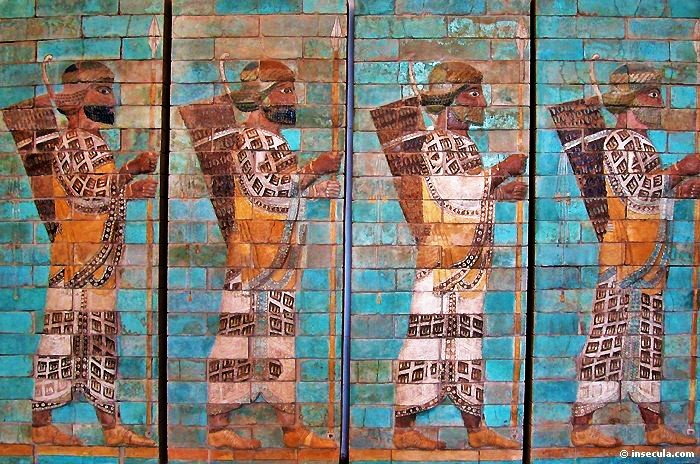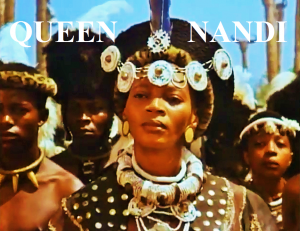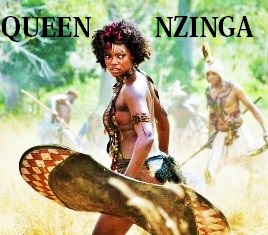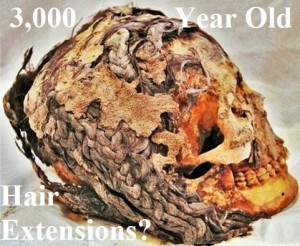This image and others depicts different people from distant lands all in one work. 23 nations in all carved into this stair way. Scholars discovered that the people with the Ivory Tusk are Ethiopians, there were also Arabs, Shiites, Assyrians & Indians with donkeys bearing gifts.
Source: Discovery History Channel documentary
Uncovered in the debris of the Treasury were hundreds of clay tablets with inscriptions in Elamite cuneiform.

These tablets, originally sun-dried, were baked in the heat of the immense fire that destroyed the building, so that many were found intact instead of having crumbled to dust long ago.

–Pergamonmuseum: Home – Staatliche Museen zu Berlin
These tablets, written for the most part in Old Persian and its corresponding translations of Elamite and Babylonian, were of great value to the excavators.

We learn from them of the presence in Persepolis of skilled workmen from many parts of the empire, of stone-relief and inscription workers from Egypt, goldsmiths from Caria, and ornament makers from Susa.
 – realhistoryww.com/world_history/ancient/Misc/Elam/Persepolis
– realhistoryww.com/world_history/ancient/Misc/Elam/Persepolis

Cuneiform_inscriptions_from_Persepolis_by_Nickmard_Khoey
Some tablets also mention the month and year of the reign of either Darius or Xerxes

when a particular work was executed and the amount of compensation-either in kind or in money-the workers received.

Other tablets bear records of sales, of land deals, of taxes to be paid, or of the amount of money borrowed from the treasury. Finally, some tablets give instructions about how much haoma, the sacred intoxicating drink, could or should be used at a cult service.
Read More: Cuneiform Tablets | The Oriental Institute of the University of …

This Empire was open minded & had a concept of a unified world.
Scholars said, the Persians adopt foreign customs more readily than any other people. They found pleasure in trying out the different lifestyles of the empire’s many peoples.
The Persian Empire was so large it expanded as far down as Sudan, Africa and as far East into India.

– http://realhistoryww.com/world_history/ancient/Misc/Elam/Persepolis.htm

–arqueologiadesenterrandolaverdad.blogspot.com
The Faravahar, or better known in Persian as fravahr, is one of the best-known symbols of ancient Iran (Persia).
This religious-cultural symbol was adapted by the Pahlavi dynasty to represent the Iranian nation.
The winged discs has a long history in the art and culture of the ancient Near and Middle East.In Neo-Assyrian times, a human bust is added to the disk,the “feather-robed archer” interpreted as symbolizing Ashur.

While the symbol is currently thought to represent a Fravashi (approximately a guardian angel), from which it derives its name (see below), what it represented in the minds of those who adapted it from earlier Mesopotamian and Egyptian reliefs is unclear. Because the symbol first appears on royal inscriptions, it is also thought to represent the ‘Divine Royal Glory’ (Khvarenah), or the Fravashi of the king, or represented the divine mandate that was the foundation of a king’s authority.
This relationship between the name of the symbol and the class of divine entities it represents, reflects the current belief that the symbol represents a Fravashi. However, there is no physical description of the Fravashis in theAvesta, the sacred texts of Zoroastrianism, and in Avestan the entities are grammatically feminine.
In present-day Zoroastrianism, the Faravahar is said to be a reminder of one’s purpose in life, which is to live in such a way that the soul progresses towards frasho-kereti, or union with Ahura Mazda, the supreme divinity in Zoroastrianism. Although there are a number of interpretations of the individual elements of the symbol, none of them are older than the 20th century.
Cultural similarities?
Ancient Lost Worlds and Hidden History. On location videos made by author and adventurer Brien Foerster exploring Peru, Bolivia, Egypt, Hawaii, Easter Island and other exotic places.
































































 Take care of your body, it's the only
Take care of your body, it's the only








































